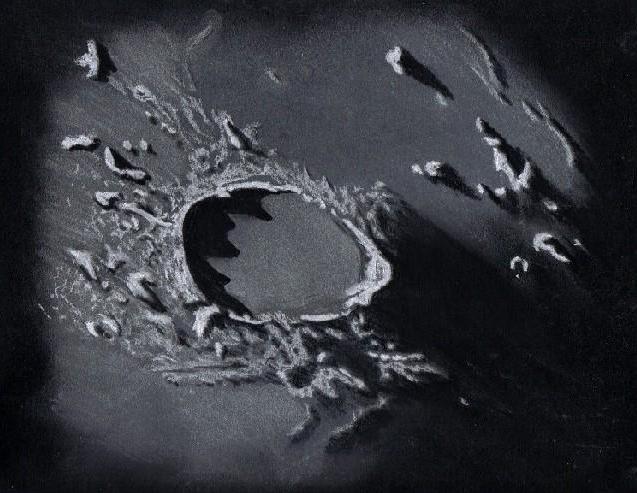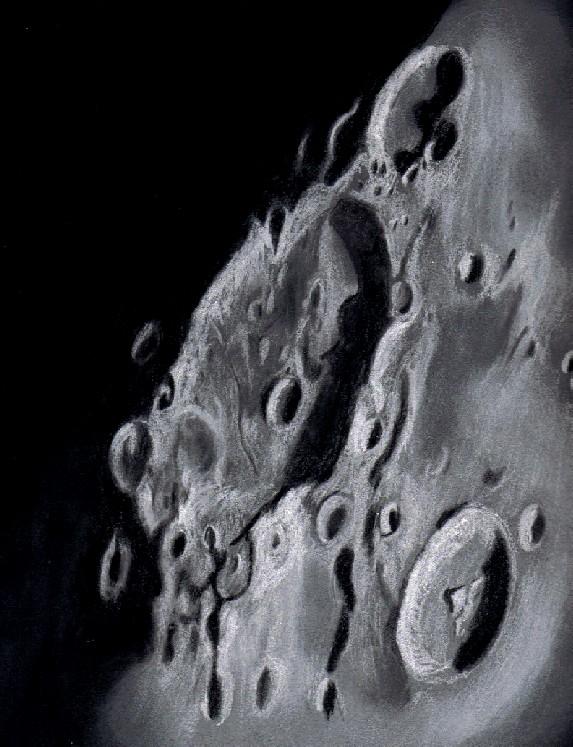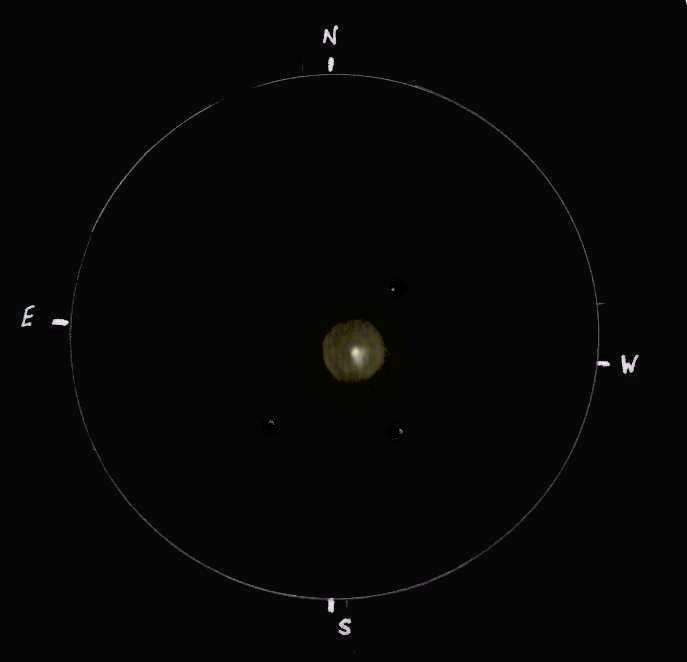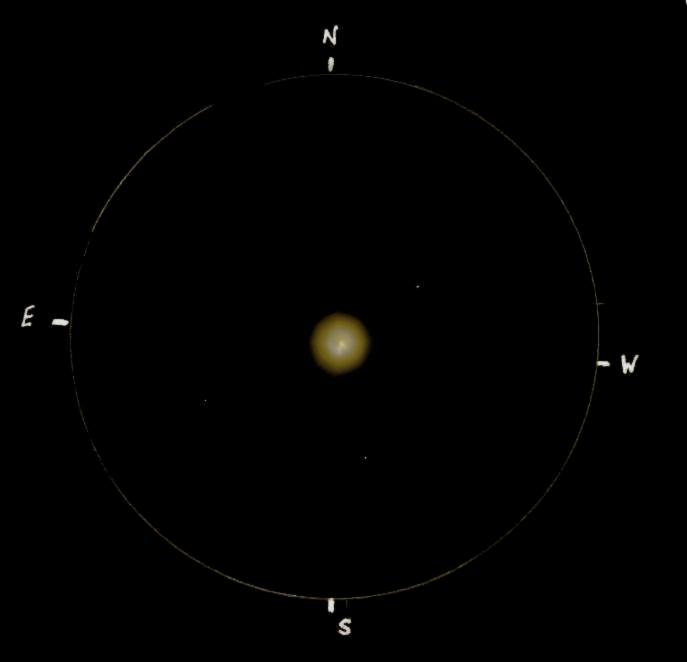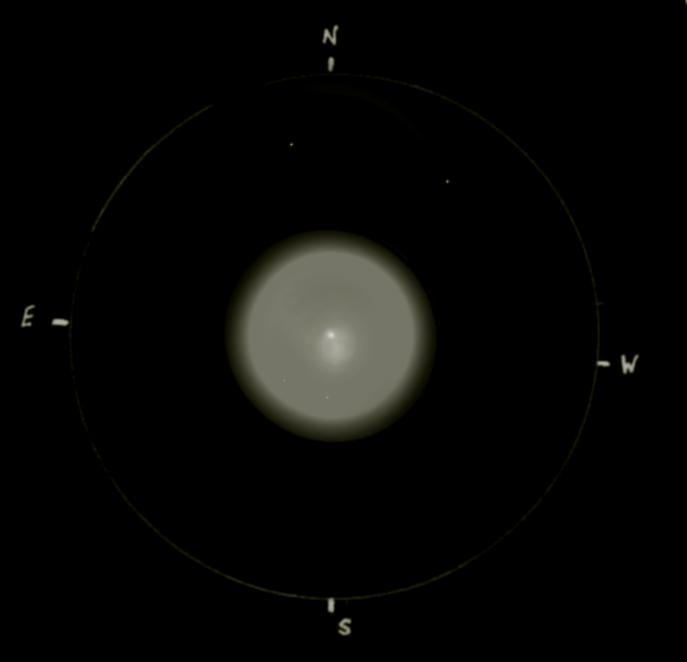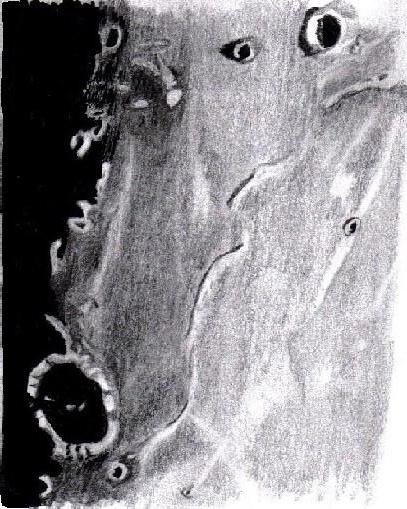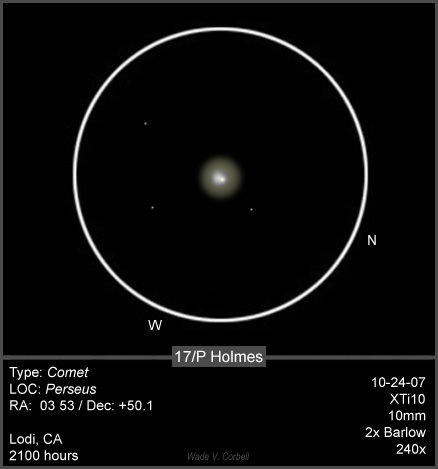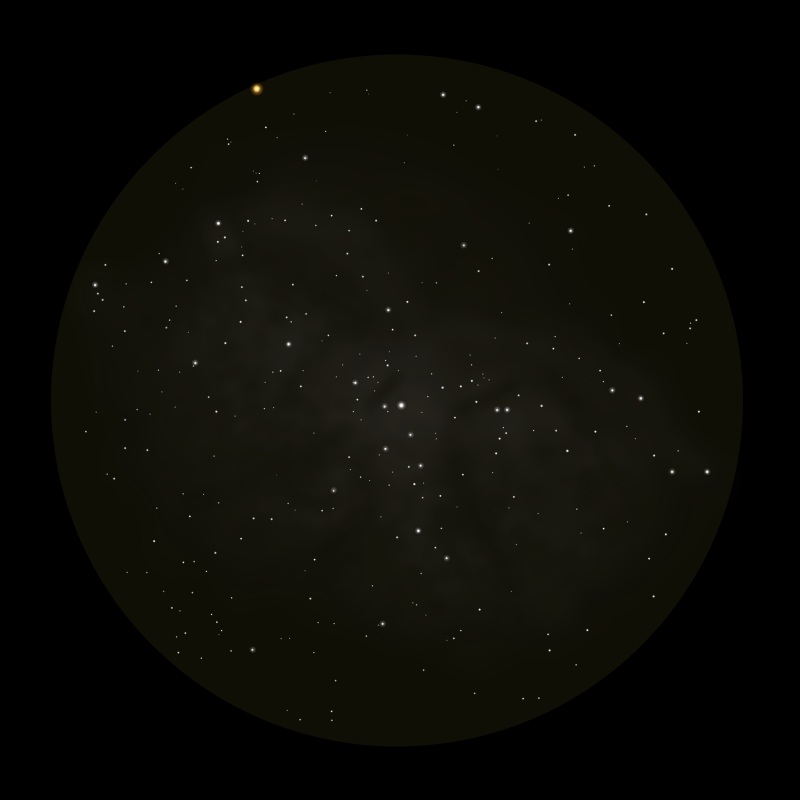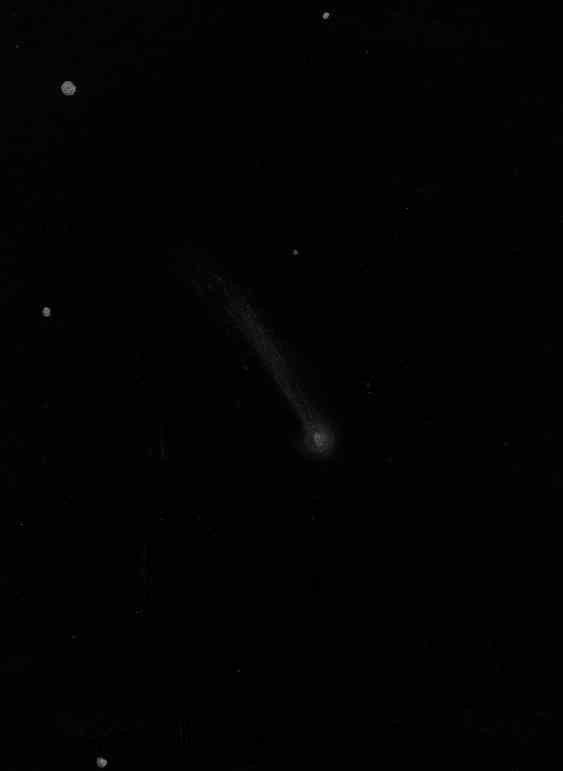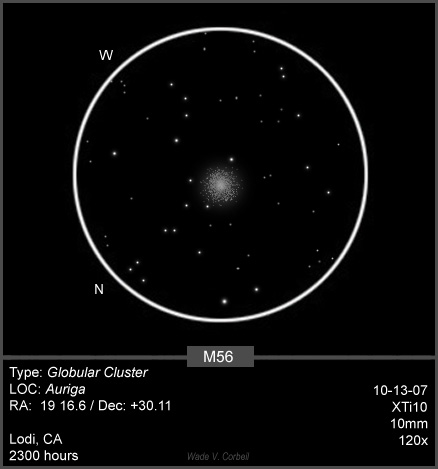Plato
By Frank McCabe
After 3 weeks of cloudy nights I was anxious to get out in the moonlight to attempt some moon and Mars observing. The seeing was too poor for a good view of Mars but with the moon just past first quarter many targets were available for examination and sketching.
The selected region along the terminator for this sketch is walled plain crater Plato. Since I am viewing through a Newtonian telescope the drawing is inverted from the direct view. Plato is a beautiful 100 kilometer diameter crater with a dark, flat, thick, lava covered floor. Normally in average seeing four of the craterlets across the dark flat floor are visible but not on this night with the poor seeing conditions. Shadows of peaks created by the 2 kilometer high irregular eastern crater rim stood out across the crater floor. The enormous amount of lava flooding the crater floor has completely buried the central peaks. Although the impacting rock that created Plato more than three billion years ago came later than the much larger Imbrium impactor, the lava flooding of the region was subsequent to both events. The triangular massif on the western rim (right side) of the crater was difficult to see clearly because of the poor seeing. To the southwest of Plato across the Imbrium basin floor stands the sentinel peak Pico and on further towards the terminator westward the Teneriffe peaks. A small portion of Mare Frigoris can be seen north (below) of crater Plato.
Sketching:
For this sketch I used: black Strathmore 400 Artagain paper, 12”x 9”, white and
black Conte’pastel pencils and a blending stump. Brightness was slightly decreased
after scanning.
Telescope: 10 inch f/5.7 Dobsonian and 9mm eyepiece 161x
Date: 12-16-2007 2:30-4:00 UT
Temperature: -6°C (21°F)
partly cloudy, windy
Seeing: Antoniadi IV
Co longitude: 15°
Lunation: 8.4 days
Illumination: 58 %
Frank McCabe

